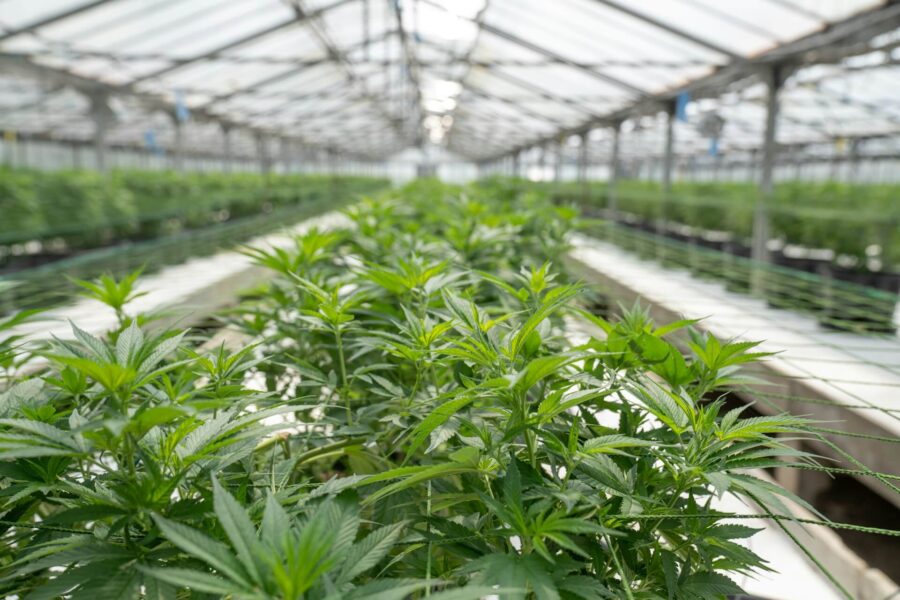What measures were introduced?
In response to supply chain shortages, the UK government introduced temporary visas to attract HGV drivers, poultry workers and pork butchers from overseas. For further information on these measures, see our recent blog posts here and here.
How many of the visas issued for the poultry and pork industries were used?
The government announced plans for 5,500 poultry workers and 800 pork butchers to be granted short term temporary leave. Exact data on the uptake of the temporary visas for HGV drivers, poultry and pork butcher visas will be included in the next quarterly immigration statistics publication due for release on 24 February 2022.
However, initial data from the last few months suggests that the uptake of these visas was not as popular as initially hoped. Just last week, the National Pig Association commented that these temporary measures have not helped in the way it was intended, with “only a handful of butchers having arrived so far, and little tangible process in reducing the pig backlog”.
It seems that similarly little interest has also been shown in the poultry visas. The chief executive of the British Poultry Council said producers expected to use only around 2500 to 3000 short-term visas, mainly for overseas workers from eastern Europe.
There could be many factors behind this, mainly the short three-month period which required anyone using this visa to leave the UK by the end of December.
What about the HGV drivers?
Similar patterns of low uptake can be identified amongst HGV drivers. In October, Boris Johnson admitted that the uptake on these visas was extremely low at just 127 applicants, whilst the Department for Business stated this was actually 27 applicants. As of mid-October, only 20 of these visas had been issued. On 16 October, the Government withdrew guidance on this visa from their website as the temporary leave concession had ended.
Duncan Buchanan, director of policy at the Road Haulage Association, identified what he thinks is the root of the problem, “People aren’t sitting around doing nothing, waiting for visas to come up to go to a different country, work for three months, disrupt their lives, get stuck in the UK over Christmas”.
What has been the government’s reaction to the low uptake?
The government has remained quiet following the low uptake of their temporary measures. At a Conservative party conference in October, Boris Johnson focused on global supply chain issues and shortage of labour when asked about the HGV driver shortage. Labour leader, Keir Starmer, has suggested that the duration of the visas must be extended in order to attract overseas workers to the UK (here). However, the deadlines to apply to these temporary schemes have now passed, so it is not yet clear whether the government will follow this advice in the future.
Will the government use similar temporary visas again in the future?
Given the limited success of these emergency visas, the government is yet to announce future plans to repopulate the workforce in sectors which previously relied on overseas workers. Even if the visa uptake had been successful, they were granting short term leave and therefore were only a temporary solution. It remains to be seen if the government have plans to extend the length of these visas in the future in the hope that longer term stability would attract more workers from overseas. Following the Autumn budget announcement in October, the Government clearly have plans to attract and retain talent in highly-skilled and innovative business areas. But more effort is needed to attract manual labour in the food and HGV driver industries in an attempt to limit disruption to supply chains following Brexit and the COVID-19 pandemic.
How does this affect me?
Businesses operating in these sectors will continue to face pressures from labour shortages and disrupted supply chains. Businesses will need to focus on local recruitment or alternatively explore other visa routes available to overseas workers. See more on how we can help you here.




